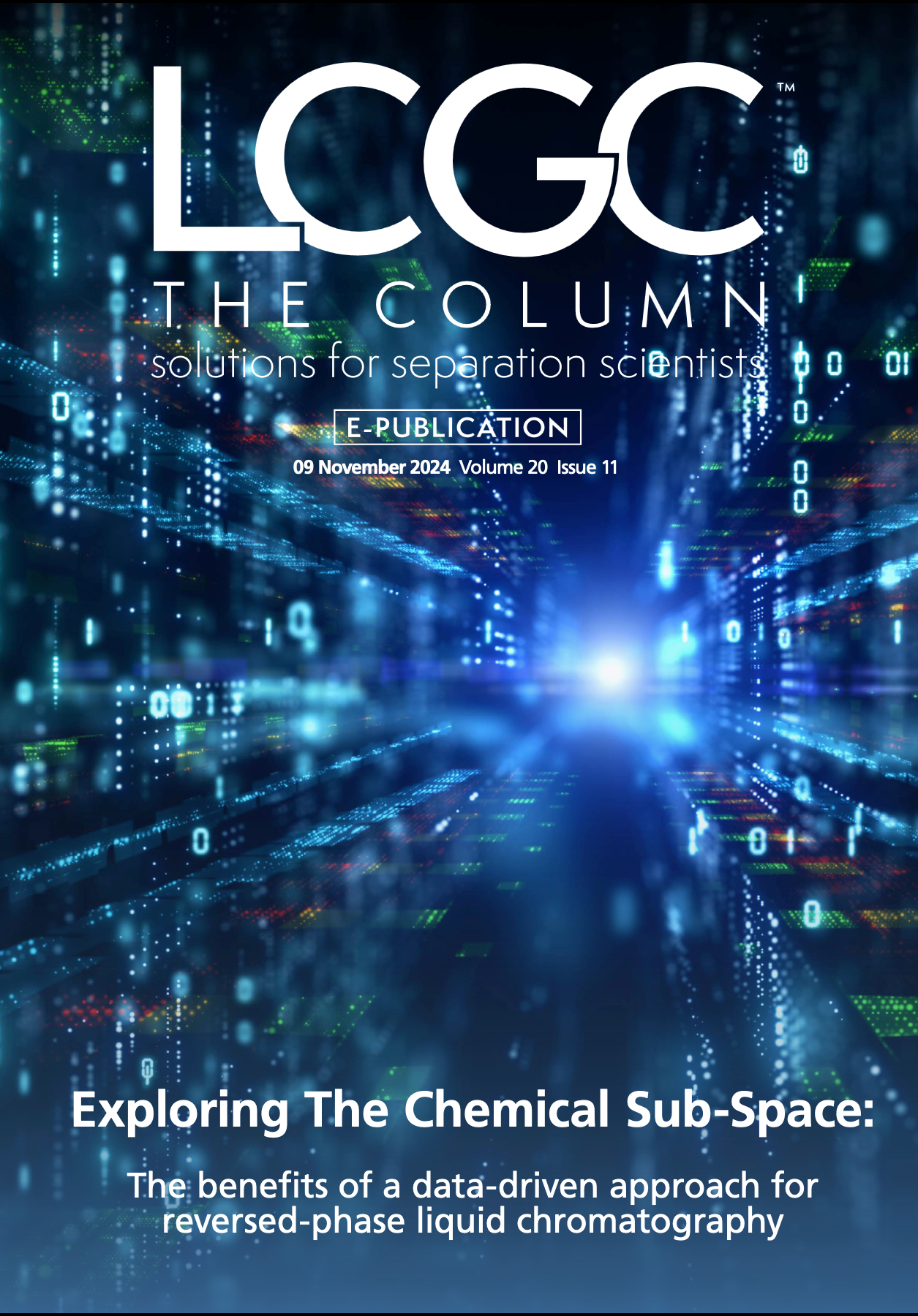New Optimization Strategy for Chromatographically Purifiying Oligonucleotides
Scientists from Politecnico di Milano in Milano, Italy recently created a new optimization strategy for chromatographically purifying oligonucleotides. Their findings were published in the Journal of Chromatography A (1).
Oligonucleotides (ONs) are short DNA or RNA molecules, either single- or double-stranded, used to modulate gene and protein expression (2). They can accumulate in various tissues after administration, and, due to their mechanism of action and the possibility of controlling protein synthesis at pre-transitional levels, ONs have been used as novel therapeutics for some time, with demand expected to grow significantly in the coming years. Despite this, ON production capacity is currently limited by major manufacturing limitations.
Read More: ISC 2024 Session Focuses on Cutting-edge Techniques in Oligonucleotide Analysis
The current state of the art for ON production is phosphoramidite-based solid-phase synthesis, a costly and unsustainable approach regarding waste generation and material burden; according to the American Chemical Society (ACS) Green Chemistry Institute Pharmaceutical Roundtable (GCIPR), developing greener ON manufacturing practices as an urgent unmet requirement. Many of these practices refer to ON chromatographic purification, the reference process for isolating the target sequence from impurities due to high selectivity, scalability, and ease of automation.
Taq polymerase is a thermostable DNA polymerase, frequently used for PCR, an important method in biomedical research that enables amplification of short DNA segments. | Image Credit: © petarg - stock.adobe.com

For their study, the scientists presented a resource-effective strategy for optimizing preparative reversed-phase chromatographic purification. First, they introduced a model based on the equilibrium-dispersive theory to describe chromatographic operation. This model of chromatography assumes that the phase system is always very close to operation, and contributions of axial dispersion and of the finite rate of the mass transfer kinetics on the band profiles can be accounted for by using an apparent dispersion coefficient (3). A DNA sample with 20 nucleobases was considered as a case study, leading to the creation of a genetic algorithm to efficiently determine the adsorption isotherm and mass transfer parameters for the target ON and impurities. After parameters were established, the scientists formed a strategy for in silico optimizing the operation. The product collection window, gradient duration, and resin loading were considered as process variables; further, after setting a purity specification of 99.0%, these factors’ influence on yield and productivity was investigated.
In the end, the scientists were able to develop a model-based approach to optimize the performances of a single-column chromatographic purification of a 20mer DNA sequence. While increasing elution duration improved both yield and purification, they discovered that this leads to a tradeoff driven by column loading. Regardless, the scientists believe this system is a remarkable improvement compared to the central point of the scheme used to calibrate the model, suggesting potential in this optimization strategy for improving performances. Further, this process’s yield can be further boosted at comparable purity and productivity via multicolumn countercurrent solvent gradient purification (MCSGP, a process involving three chromatographic columns and incorporating the principle of countercurrent operation and the possibility of using solvent gradients (4). Using MCSGP, the scientists showed that the optimization shown in this work could help improve existing processes based on single-column operations or be exploited for a resource-effective design of innovative processes. Finally, the scientists claimed that their approach is agnostic to the type of molecule to be purified; as such, this optimization strategy can be extended to intensify the chromatographic purification of other molecules, where product-related impurities cannot be baseline separated.
References
(1) Menza, S. T.; Prestia, R.; Fioretti, I.; Sponchioni, M. Model-Based Optimization Strategy for Intensification in the Chromatographic Purification of Oligonucleotides. J. Chromatogr. A 2024, 1736, 465321. DOI: 10.1016/j.chroma.2024.465321
(2) Oligonucleotide. ScienceDirect 2013. https://www.sciencedirect.com/topics/neuroscience/oligonucleotide (accessed 2024-10-29)
(3) Golshan-Shirazi, S.; Guiochon, G. The Equilibrium-Dispersive Model of Chromatography. In: Theoretical Advancement in Chromatography and Related Separation Techniques. NATO ASI Series, vol 383. Dondi, F., Guiochon, G., Eds. Springer, Dordrecht 1992. DOI: 10.1007/978-94-011-2686-1_2
(4) Aumann, L.; Stroehlein, G.; Morbidelli, M.; Müller-Späth, T.; Tarafder, A. Continuing Processing: The Multicolumn Countercurrent Solvent Gradient Purification Process. BioPharm International 2007. https://www.biopharminternational.com/view/continuous-processing-multicolumn-countercurrent-solvent-gradient-purification-process (accessed 2024-10-29)

New Method Explored for the Detection of CECs in Crops Irrigated with Contaminated Water
April 30th 2025This new study presents a validated QuEChERS–LC-MS/MS method for detecting eight persistent, mobile, and toxic substances in escarole, tomatoes, and tomato leaves irrigated with contaminated water.
Accelerating Monoclonal Antibody Quality Control: The Role of LC–MS in Upstream Bioprocessing
This study highlights the promising potential of LC–MS as a powerful tool for mAb quality control within the context of upstream processing.

.png&w=3840&q=75)

.png&w=3840&q=75)



.png&w=3840&q=75)



.png&w=3840&q=75)













